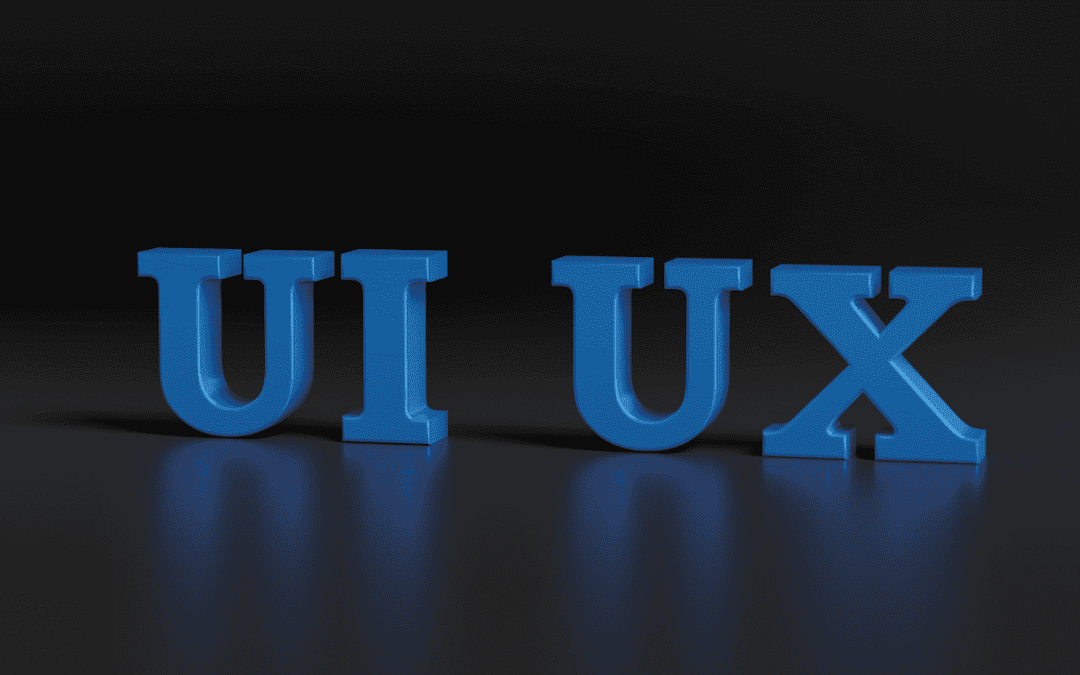In the domain of user interface (UI) and user experience (UX) design, one principle stands tall above all: user-centered design. This fundamental concept places the user at the heart of the design process, ensuring that every element, from layout to interaction, is crafted with the user’s needs, preferences, and behaviors in mind.
Why is user-centered design so crucial in UI/UX? Let’s delve into its importance.
Enhanced User Satisfaction:
User-centered design prioritizes understanding the target audience, their goals, and pain points. By aligning design decisions with user needs, designers can create interfaces that are intuitive and user-friendly. This, in turn, elevates user satisfaction, as individuals can effortlessly interact with the product or service.
Improved Usability:
Usability plays a crucial role in determining the success of a UI/UX design. User-centered design emphasizes usability testing and iteration, ensuring that the interface is easy to navigate and understand. By eliminating unnecessary complexity and streamlining interactions, designers unlock a seamless user experience that fosters engagement and loyalty.
Increased Accessibility:
Accessibility is an essential aspect of user-centered design, ensuring that digital products are inclusive and usable by individuals of all abilities. Designing with accessibility in mind involves considerations such as text readability, color contrast, and keyboard navigation. By incorporating accessible design practices, designers elevate the usability of their interfaces and cater to a broader audience.
Greater User Engagement:
Engagement is key to the success of any digital product. User-centered design focuses on creating experiences that captivate and retain users’ attention. By understanding user motivations and behaviors, designers can design interfaces that resonate with users, encouraging them to interact with the product and return for future engagements.
Enhanced Brand Loyalty:
User-centered design extends beyond the interface itself; it also encompasses the overall brand experience. By delivering positive interactions and meeting user expectations, brands can foster trust and loyalty among their audience. A smooth UI/UX that anticipates and fulfills user needs reinforces the brand’s credibility and encourages repeat usage.
In summary, user-centered design transcends being a mere buzzword in the world of UI/UX; it serves as a cornerstone principle driving successful design outcomes. By placing emphasis on the needs and preferences of users from start to finish, designers can develop interfaces that truly connect, engage, and captivate. Ultimately, investing in user-centered design goes beyond enhancing product quality; it’s about nurturing meaningful relationships with those who utilize them.

